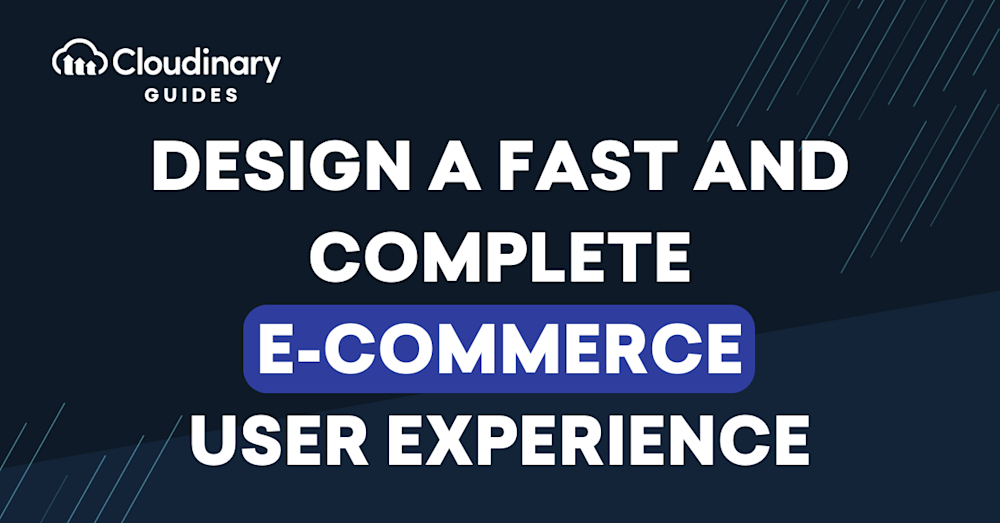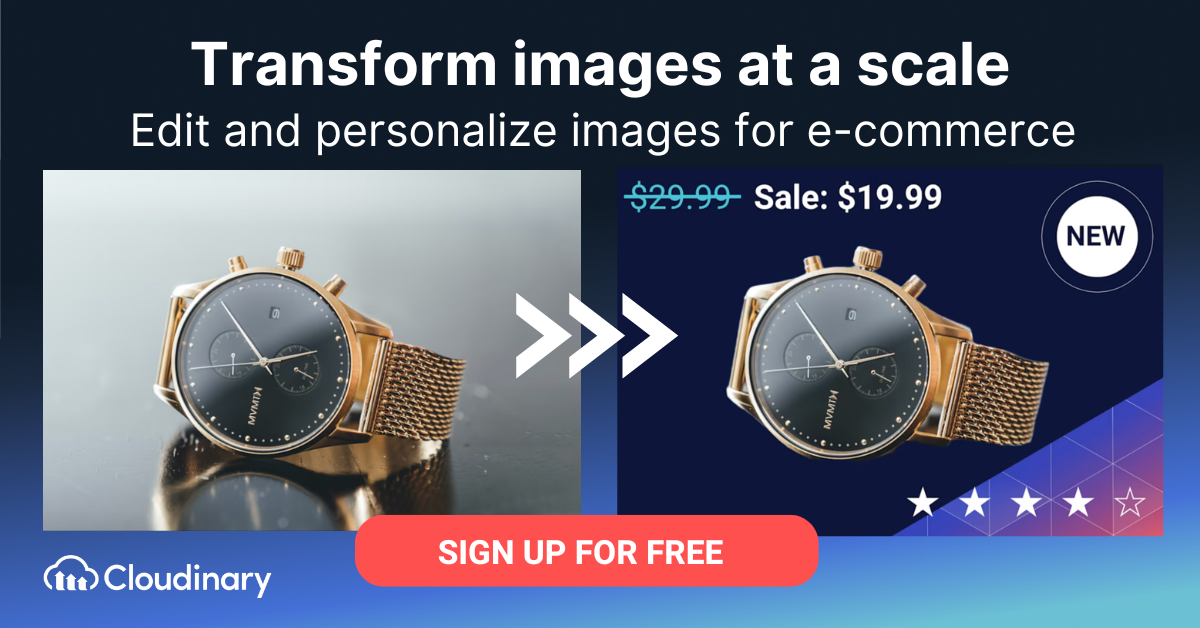E-businesses must gain customers with a different approach than the traditional way, that is, engage with website visitors, win purchases from them, and inspire return visits. Such an approach is inherently unique because e-commerce interacts with only one of our five senses: sight. Gratifyingly, modern technologies abound to help brands creatively strategize on how to appeal to shoppers visually and then smoothly execute the game plan of generating sales.
Ultimately, you need an ecosystem of engagement that not only attracts purchases but also builds awareness, strengthens your brand, and drives demand and traffic to your site.
After all, your e-commerce site is essentially your storefront, aisle, brand catalog, customer-service rep, fitting room, and inventory manager, all in a central hub. That ecosystem, therefore, well deserves a load of attention.
Identifying and acting on priorities, however, is an ongoing challenge for businesses. Plus, consumer behavior periodically changes and styles evolve and expand, let alone that competitors continually launch new features.
As a start, find out the elements of a great e-commerce site. See below.
A CMS-driven design and layout that enables an easy browsing experience
By managing and streamlining the content on e-commerce sites, a CMS delivers an easy-to-navigate digital shopping experience. Also, thanks to the intuitiveness of CMS, nontechnical users can publish content with no need for developer support. However, that system is effective for only a portion of the media’s lifecycle.
High-fidelity images, videos, and other rich media
To convey to potential buyers a sense of a product’s real-life quality, material, size, and features, you must display that item in the form of a high-quality visual medium—at the minimum with a picture. However, to meaningfully engage with and attract buyers, a simple, static photo is not enough. You must add imagery that spotlights, for example, multiple angles of the item and all the available colors.
So, beyond photos, what other media would deliver the optimal online shopping experience and how should you manage them? Below are a few emerging trends, each one an example of the media assets best supported through DAM.
“Our research tells us that the consumers of tomorrow are being conditioned to expect more in terms of range, ease, speed, convenience, and, of course, content. Video will continue to have a huge impact on the shopping behaviors of young people and is the content of preference. Brands must get their strategies right.”
Hugh Fletcher,
global head of consultancy and innovation at Wunderman Thompson Commerce.
Video
Video is an exceptionally effective medium for communicating a product’s value. Wyzowl found that 84 percent of consumers say that they’ve been convinced to buy a product or service after watching a brand’s video, and an Animoto report showed that 93 percent of brands acquired new customers because of a video on social media.
User-generated content (UGC)
Content contributed by happy shoppers and loyal customers resonates with their peers much more than product postings on a site and conventional ads.
With UGC, you can deploy campaigns to promote seasonal and holiday specials. In fact, by realistically managing UGC–with a DAM tool, for example–you can spotlight valuable UGC for all your products, inconspicuously attracting purchases from those who see themselves in the visuals of other shoppers.
Personalization
Message overlays on images are an effective means for personalizing content. From there, you can tailor the content further by location (price, language, culture), demographic (gender, age range, lifestyle), and previous shopping behavior.
“Future tech” formats
Shoppers are insatiable for innovative and immersive e-commerce experiences, e.g.:
- 360-degree shoppable videos. These are fully immersive videos that are either real-life footage filmed with a 360-degree camera or delivered as virtual, augmented, or mixed-reality content. Shoppers can then journey into and through the environment, turning to see what’s around, behind, or ahead of them. Making these videos interactive and shoppable promises an even more riveting experience for shoppers.
- Augmented reality (AR). Merchandising teams can add details and visual experiences to 360-degree content, delivering the entire scoop through smartphone apps or AR glasses. From there, you can add shoppable links to the shoppers’ environment.
Responsive media
As laborious as it is to create media that delight shoppers, you must also deliver them effectively and seamlessly to an ever-increasing number of channels, devices, and browsers. Also, not only must media display well in an optimal test environment and the common devices and apps, they must also show up perfectly on all desktop and mobile devices and browsers irrespective of screen dimension. For example, social-media content must be in the correct aspect ratios and optimal file sizes. It must also reflect regional differences, complete with clear and lucid messaging—on pricing, discounts, and seasonality, for example—that caters to the platform requirements and the audience.
With a DAM solution in place, these features produce responsive media for an engaging visual experience:
- AI, which delivers rich, precise media.
- Auto-cropping, which crops images so that they display well regardless of the viewing device, channel, or screen. With AI, automated cropping can focus on the key objects in an image—without resizing it—for a zooming effect.
- Auto-format, which automatically determines the best file type in which to display images, eliminating the need for generating multiple versions of various file types for the same image.
- Auto-quality, which applies the highest recommended resolution to images for fast page loads.
Fast, high-performance pages, and optimal loading of all content
Attracting and retaining customers with personalized shopping experiences and rich, high-fidelity media content must overcome a major barrier: performance. Correspondingly, maintaining high-performance customer interfaces in the face of the astronomical amount of metadata and number of channels required by e-commerce components is crucial to growth.
That’s why Google added site-performance thresholds to its Core Web Vitals analysis. No surprise, therefore, that given Google’s goal of identifying and ranking the best pages for users, a Google study of millions of page impressions revealed that “when a site meets the recommended thresholds for the metrics, users are at least 24 percent less likely to abandon a page before it finishes loading.”
And since Google’s ranking algorithm qualifies good websites and directs traffic to them, which has yielded significant revenue to the company, following Google’s recommendations is a win-win, i.e., a great UX coupled with more traffic to your site.
Toward that end, a superior performance of your e-commerce ecosystem makes a big difference so do make that a high priority.
Keep in mind these factors that affect page-load speed the most:
- Media content
- Third-party plugins like Shopify, Woo Commerce, and so forth
- Delivery-related actions taken by the CDN, such as caching and hosting
- Other page elements: content, HTML, CSS, JS
Automation of media delivers real-time agility for e-commerce
Adopt an auto-everything+multi-CDN approach to accelerate media performance and optimize user experience. The benefits are significant:
- Automation of optimization of image formats and quality, which includes auto-compression based on the content type and the user’s device and browser. Simply add parameters like ‘f_auto’ and ‘q_auto’ to the image or video URL.
- Lazy loading, which delays loading of media that are not in the viewport, shortening load times.
- AI-based cropping, which yields focus and a sharp display regardless of the viewing device and orientation.
- Support for numerous image and video formats and codecs, which leads to delivery in the most optimal format for the user’s browser. No longer do you need to manually create multiple versions of the media for delivery.
- Automation of delivery of responsive media, which saves significant time and effort by eliminating the need for manually creating media of various sizes and adding them to ‘srcset’ attributes.
- Multi-CDN delivery, which speeds up page loads—again, no matter the type of user device and geographic location.
CASE STUDY: Reformation
Relying on a basic, out-of-box feature of their e-commerce platform, Reformation failed to optimize images to suit the context of all user devices and to generate smooth-playing videos for delivery. Integrating Cloudinary into its media workflow solved all the issues, enabling the delivery of high-fidelity and high-performant images and videos for all devices and bandwidth requirements. Accompanying that gratifying resolution was a much-enhanced user experience, leading to a significant increase in the number of loyal, satisfied patrons.
- A 31-percent reduction in overall page-load time
- A 60-percent reduction of image payload
- A 67-percent reduction in the bounce rate
- A 26-percent increase in the Google PageSpeed score
Management of Visual Content for E-commerce With Cloudinary
To build a user-oriented, well-functioning e-commerce store, be sure to balance the needs for engaging rich media with fast desktop and mobile performance. Remember that your shoppers expect to see life-like product displays. For example, videos and 360-degree spin sets with a detailed presentation of how a shoe flexes as you walk are effective in influencing purchase decisions.
However, technical and creative resources for optimizing and customizing media are rare. Well worth a look is Cloudinary, which enables you to easily and efficiently perform the following tasks and deliver a compelling, personalized, and optimized visual experience:
- Convert raw photos and videos to web-ready formats.
- Boost conversions with high-performance, responsive media.
- Incorporate user-generated content.
- Run visual marketing campaigns.
- Streamline omnichannel workflows with features like AI-based tagging, version control, role-based access control, and performance tracking.

